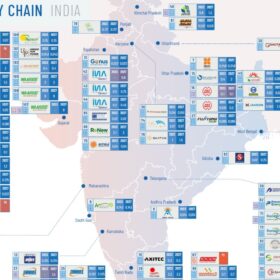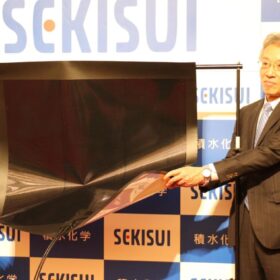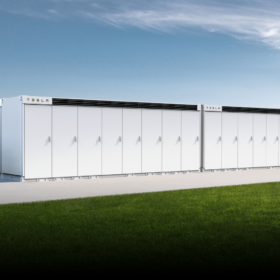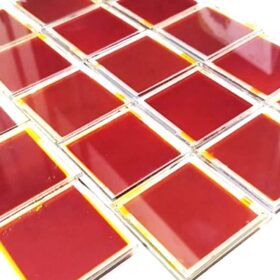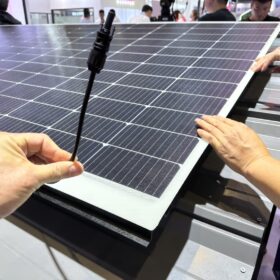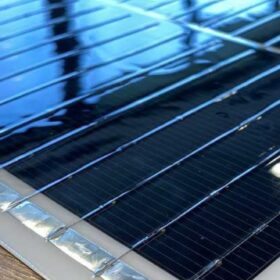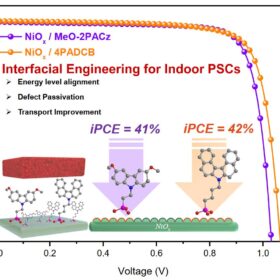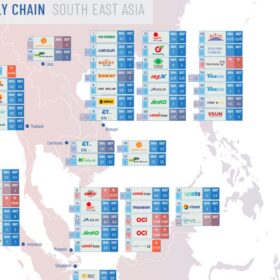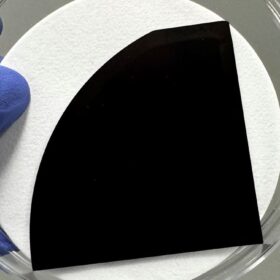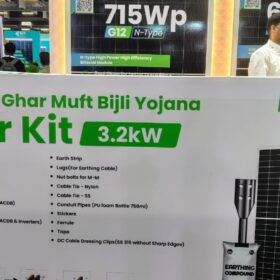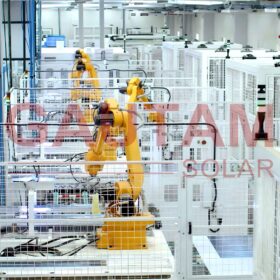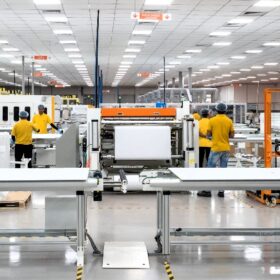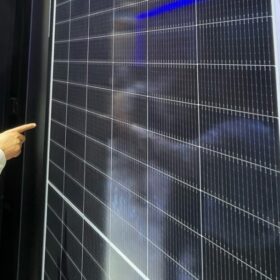Sinovoltaics highlights India’s strengthening supply chain
India’s solar panel supply chain map, recently updated by Hong Kong-based quality assurance firm Sinovoltaics, identifies 111 production sites with a combined PV module manufacturing capacity of 58.4 GW. An additional 60 GW is set to come online between 2027 and 2030, raising announced capacity expansions to 119 GW.
Sekisui Chemical invests in 100 MW perovskite solar production line
Japanese plastics manufacturer Sekisui Chemical is investing in a 100 MW production line to make lightweight perovskite solar panels for low load-bearing rooftops, with an operational start in 2027. It will also acquire a production facility from Japanese electronics manufacturer Sharp.
Volta Energy unveils new solar generator for construction sites, pumps
Netherlands-based Volta Energy has launched a 15 kVA portable solar generator to provide offgrid power equipment for use on construction sites. The system includes solar panels, an inverter, battery, trailer, and a backup bio-diesel generator.
Sinovoltaics updates battery energy storage system financial stability ranking
The latest financial stability ranking keeps Tesla, Mustang Battery, Kung Long Batteries, Hyundai Electric and Eaton, in the top five spots in a report that includes 55 manufacturers.
Indian scientists develop 40%-efficient dye sensitized solar cell for indoor applications
An India-based research team has boosted the power conversion efficiency and stability of indoor dye-sensitized solar cells based on co-sensitized organic dyes. The best indoor PV devices achieved 40% efficiency under 4000 lux fluorescent lighting and 10.40% under standard AM 1.5G one sun illumination.
Sinovoltaics updates PV module manufacturer financial stability ranking
The latest list sees India-based Insolation Energy, Waaree Renewable Technologies, and Solex Energy maintain the top three positions and Kyocera entering the top ten, up from thirteenths spot.
Softbank, Longi develop 665 g/m2 heterojunction solar modules with 22.2% efficiency
Researchers from the two companies have built a lightweight and flexible silicon heterojunction (HJT) PV panel that measures 563 mm x 584 mm and weighs just 218.5 g.
Indoor perovskite solar cell based on self-assembled monolayers achieves 42% efficiency
Researchers in Taiwan have developed an efficient carrier transport and defect passivation approach at the nickel oxide/perovskite interface in perovskite solar cells, enabling devices with 42% efficiency under indoor lighting conditions, and over 20% in simulated sunlight.
Sinovoltaics tracks 78.8 GW solar module capacity in Southeast Asia
The latest supply chain map from Sinovoltaics tracks growth across Southeast Asia, with module capacity reaching 78.8 GW, and 58 production projects tracked.
Longi, ANU develop gettering-based process to improve n-type wafer quality
The Chinese module maker and the Australian National University utilized phosphorus diffusion gettering and another defect mitigation strategy to improve the quality of n-type wafers. The proposed process contributed to improve the material quality especially towards the tail-ends.
